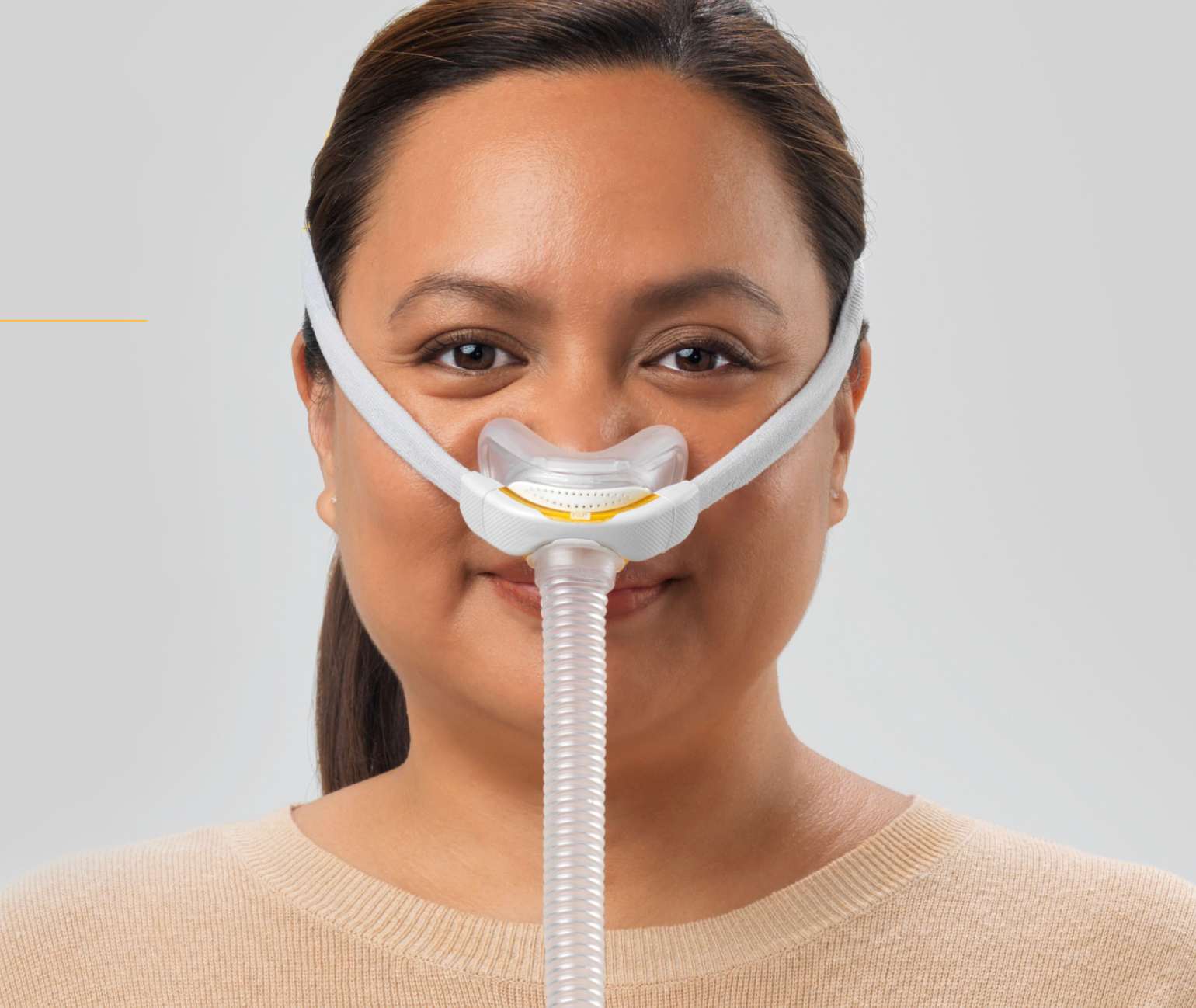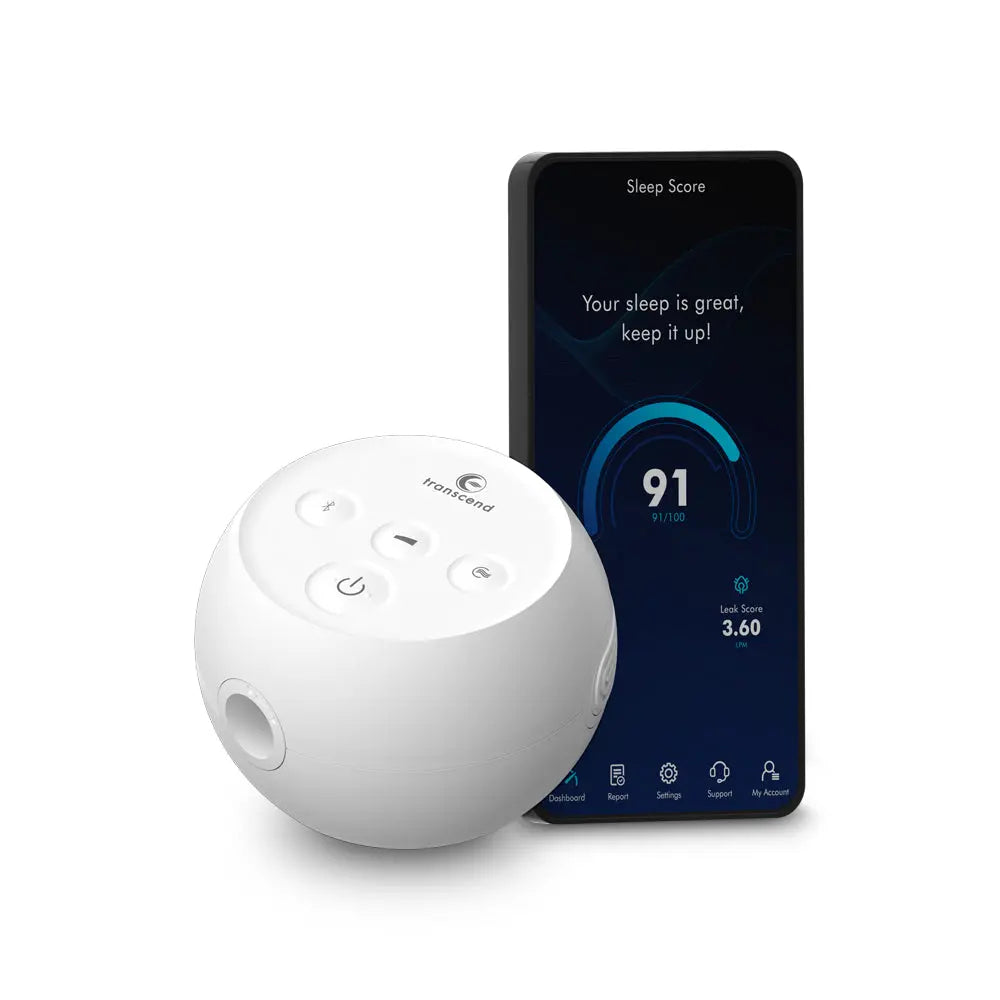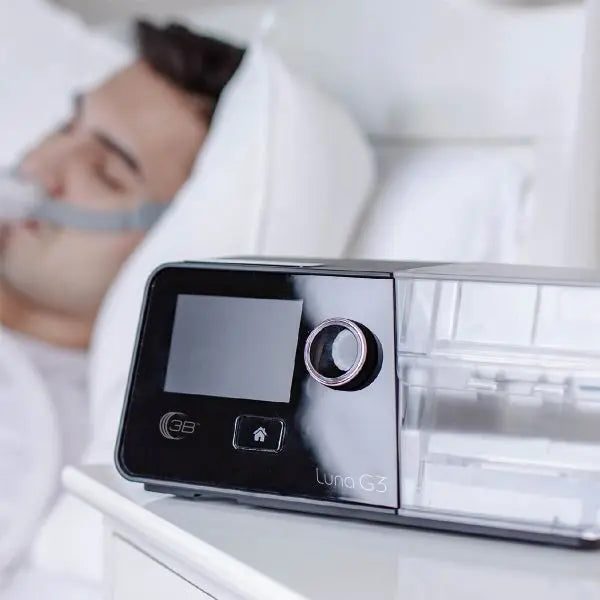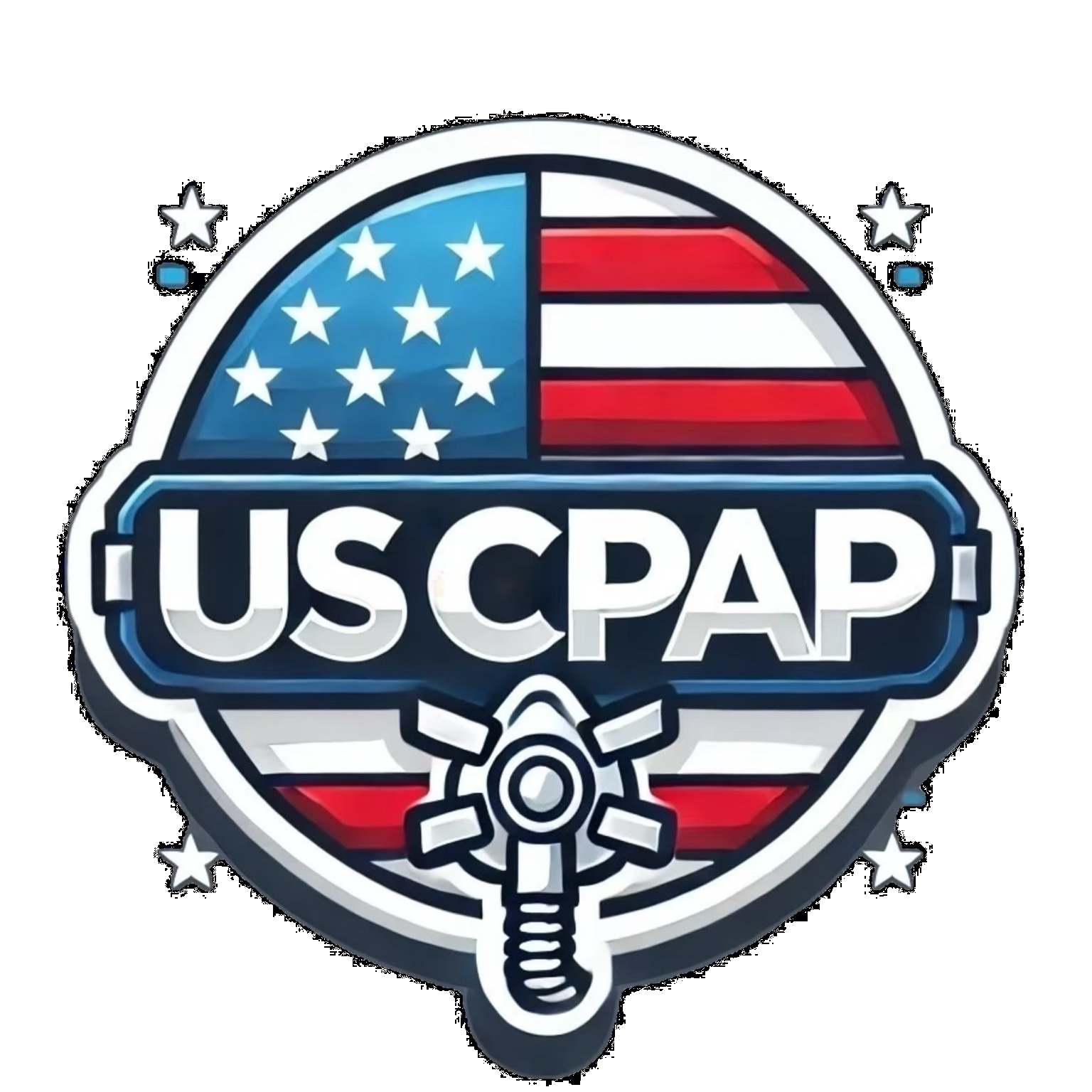: A Comprehensive Guide to CPAP Masks and How to Choose the Right One
For anyone diagnosed with obstructive sleep apnea (OSA), the CPAP machine is often the first line of treatment. A crucial part of this therapy is the CPAP mask—where many patients face their biggest challenges. A poor-fitting or uncomfortable mask can result in leaks, pressure points, or even therapy non-compliance. By understanding the different mask types and how they cater to varying breathing habits, facial structures, and sleeping preferences, you can improve your chances of finding a mask that fits you perfectly.
1. Overview of CPAP Therapy
Before diving into the mask types, it’s helpful to know why CPAP therapy works and why the right mask is essential.
-
What Is CPAP Therapy?
Continuous Positive Airway Pressure therapy delivers a steady stream of pressurized air through a hose into a mask worn over your nose, mouth, or both. This air prevents your airway from collapsing, thus reducing or eliminating apneas and snoring. -
Why Is the Mask So Important?
- Comfort and Compliance: If a mask is uncomfortable, people are less likely to use it regularly, impacting the effectiveness of treatment.
- Seal and Air Pressure: A well-fitting mask prevents air leaks and ensures you get the correct therapeutic pressure.
- Lifestyle & Sleep Habits: Side sleepers, mouth-breathers, and people with facial hair might require specific mask designs.
2. Types of CPAP Masks
2.1 Nasal Masks
Description
- Covers just the nose (from the bridge to the upper lip)
- Held in place by straps and cushion support
Pros
- Natural Airflow: Air is delivered through the nasal passage, which can feel more natural for many users.
- Less Bulk: Typically smaller and lighter than full face masks.
- Versatility: Suitable for a range of pressure settings (low to moderate-high).
Cons
- Mouth Breathers: Not ideal unless combined with a chin strap to keep the mouth closed.
- Nasal Congestion: Issues like allergies or a deviated septum may make nasal-only therapy difficult.
Who Should Consider This Mask?
- Those who primarily breathe through their nose
- Patients who prefer a less intrusive mask
- Individuals with mild to moderate pressure needs
2.2 Nasal Pillow Masks
Description
- Consist of soft, cone-shaped pillows or inserts that fit directly into the nostrils
- Minimal contact with the face, often featuring a lightweight frame and straps
Pros
- Minimal Design: Great for those who feel claustrophobic with larger masks.
- Ideal for Facial Hair: Less contact area reduces issues with beards or mustaches.
- Good for Active Sleepers: Compact shape and fewer straps reduce the chance of dislodging the mask.
Cons
- Higher Pressure Discomfort: May be less comfortable at higher pressures, as the direct air flow can irritate nostrils.
- Nasal Irritation: Can cause dryness or soreness if the fit is too tight or humidity is too low.
Who Should Consider This Mask?
- Patients who need only moderate pressure settings
- People who toss and turn or side-sleep regularly
- Those who want a less obstructive mask design
2.3 Full Face Masks
Description
- Cover both the nose and the mouth in one triangular-shaped interface
- Typically larger than nasal or nasal pillow masks
Pros
- Mouth Breathers: Perfect for individuals who naturally breathe through their mouth or those with nasal blockages.
- Higher Pressure Compatibility: Better for those requiring higher air pressure, as the pressure is distributed across a larger area.
- Less Nasal Dependence: Provides an alternative airway route if the nose is congested.
Cons
- Bulkiness: Can feel heavier and may restrict visibility.
- Potential Leaks: Larger contact area means more potential points for air leaks if not fitted properly.
- Facial Hair Challenges: Sealing can be more difficult with beards or mustaches.
Who Should Consider This Mask?
- Chronic mouth breathers
- Those with high-pressure needs
- Individuals with frequent nasal congestion
2.4 Hybrid or Oral Masks
Description
- Hybrid Masks: Combine elements of a nasal cushion/pillow with a mouth cushion, effectively sealing both mouth and nostrils but with minimal facial coverage.
- Oral Masks: Focus only on the mouth area, typically combined with a nasal plug or covering for preventing nasal air leak.
Pros
- Versatility: Hybrid masks work well for people who need or want both nasal and oral coverage.
- Reduced Facial Coverage: Can be less obtrusive than a full face mask while still addressing mouth breathing.
- Specialized Needs: Beneficial for those with unique facial structures or certain medical conditions.
Cons
- Complex Fit: More moving parts or specialized cushions can require careful sizing and adjustments.
- Less Common: May not be as widely available; fewer designs than other categories.
- Potential Complexity: Can be trickier to clean or maintain due to multiple seal components.
Who Should Consider This Mask?
- Individuals who can’t achieve a proper seal with a standard full face or nasal mask
- Patients seeking a balance between full-coverage and minimal contact
- People who breathe through both nose and mouth intermittently
2.5 Total Face Masks
Description
- Cover the entire face, from forehead to below the chin, forming a complete seal
- Typically used for specialized cases where other masks do not fit or work well
Pros
- Less Pressure on Specific Areas: The pressure is distributed evenly over a larger area.
- Better for Sensitive Skin: Eliminates pressure points on the bridge of the nose.
- Reduced Air Leaks: The large sealing area can sometimes mean fewer leak points if fitted well.
Cons
- Visual Obstruction: Covers almost the entire face, which some might find claustrophobic.
- Limited Availability: Not as commonly used or recommended as other types.
- Potential for Fogging: The large enclosed space can accumulate moisture.
Who Should Consider This Mask?
- Patients who struggle with pressure points or leaks in smaller masks
- Those with unique facial structures that make other masks difficult to seal
- Individuals with severe claustrophobia using smaller masks (occasionally prefer the full visibility of a clear face shield)
3. Factors to Consider When Choosing a CPAP Mask
3.1 Breathing Style
- Nasal Breathers: Nasal or nasal pillow masks are typically the first choice.
- Mouth Breathers: Full face, hybrid, or oral masks might be necessary, especially if a chin strap isn’t effective.
3.2 Sleep Position
- Side Sleepers: Nasal pillow or smaller nasal masks may dislodge less and maintain a better seal.
- Back Sleepers: Most mask types can work, but watch for potential tube interference.
- Stomach Sleepers: Generally require minimal-contact masks (like nasal pillow) to avoid discomfort.
3.3 Pressure Requirements
- High Pressure: Full face masks often handle higher settings more comfortably.
- Moderate/Low Pressure: Nasal and nasal pillow masks are more than sufficient.
3.4 Facial Anatomy & Personal Comfort
- Facial Hair: Nasal pillow or hybrid masks often form a better seal.
- Bridge-of-Nose Sensitivity: Nasal pillows or total face masks avoid direct contact with the nasal bridge.
- Allergies & Congestion: Full face or hybrid masks might be preferable to account for nasal blockages.
3.5 Lifestyle & Convenience
- Reading or Watching TV in Bed: Masks with open field of vision (nasal pillows, some hybrid designs) can make it easier to do bedtime activities.
- Travel: Smaller, lighter masks can be easier to pack and manage.
4. Tips for Ensuring a Good Fit
-
Get Professionally Fitted
Many CPAP suppliers offer sizing tools or professional fitting. A properly sized mask can reduce leaks and improve comfort. -
Try It On in Sleeping Position
Gravity and facial muscles relax differently when you lie down. Adjust the mask while in your typical sleeping position. -
Adjust Straps Gradually
Over-tightening straps can cause pressure points and even more leaks. Tighten just enough to form a secure seal. -
Test at Home with Pressure
Many providers offer a 30-day mask trial. Use that period to test how the mask feels under your prescribed pressure settings. -
Replace Components Regularly
Cushions wear out, and headgear can stretch. Follow manufacturer guidelines for part replacement to maintain a good seal.
5. Maintaining Your CPAP Mask
-
Daily Wipe-Down
Use a mild soap or specialized CPAP wipes to remove facial oils and residue from the cushion. -
Weekly Deep Clean
Soak the mask parts (excluding headgear if it can’t be immersed) in warm soapy water, then rinse thoroughly and air-dry. -
Inspect for Damage
Look for tears, discoloration, or worn-out areas on cushions and straps. -
Proper Storage
Keep the mask in a clean, dry place away from direct sunlight. Avoid folding or placing heavy objects on top of it.
6. Conclusion
Finding the right CPAP mask can transform therapy from a nightly challenge into a manageable routine. By understanding the various mask types—nasal, nasal pillow, full face, hybrid/oral, and total face—you can zero in on the design best suited to your breathing habits, facial structure, and sleeping style. Remember, a good mask is the cornerstone of CPAP success. When in doubt, consult a sleep specialist or CPAP technician for personalized guidance and keep experimenting until you find the perfect match.
Bibliography
- Morgenthaler, T. I., Kagramanov, V., Hanak, V., & Decker, P. A. (2006). Complex sleep apnea syndrome: Is it a unique clinical syndrome? Sleep, 29(10), 1203–1209.
- Kushida, C. A., Littner, M. R., Morgenthaler, T., et al. (2006). Practice parameters for the use of continuous and bilevel positive airway pressure devices to treat adult patients with sleep-related breathing disorders. Sleep, 29(3), 375–380.
- Schwab, R. J., Gefter, W. B., Hoffman, E. A., & Pack, A. I. (1993). Dynamic upper airway imaging during awake respiration in normal subjects and patients with sleep disordered breathing. American Review of Respiratory Disease, 148(5), 1385–1400.
- Massie, C. A., & Hart, R. W. (2003). Clinical outcomes related to interface type in patients with obstructive sleep apnea/hypopnea syndrome who are using continuous positive airway pressure. Chest, 123(4), 1112–1118.
- Kushida, C. A., Nichols, D. A., Holmes, T. H., & Quan, S. F. (2012). Effects of continuous positive airway pressure on neurocognitive function in obstructive sleep apnea patients: The Apnea Positive Pressure Long-term Efficacy Study (APPLES). Sleep, 35(12), 1593–1602.








Leave a comment
This site is protected by hCaptcha and the hCaptcha Privacy Policy and Terms of Service apply.